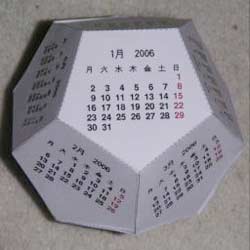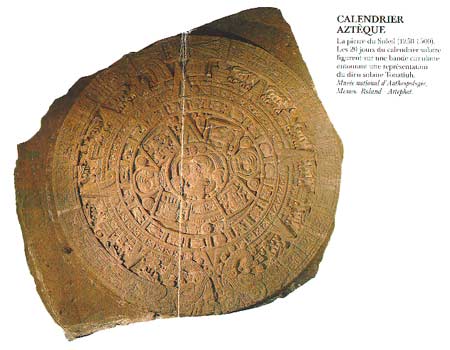The term Calendar derives from the Latin word Calendarium, which comes from ancient Roman times, meaning a Book of Debts. Debtors had to pay interest to creditors at the beginning of each month, and over time, this term evolved to refer to a system for measuring time.
There are many types of calendars, including solar and lunar calendars. Each type has its own unique history and characteristics. The most commonly used calendar in the world today is the Roman calendar, commonly referred to as the Gregorian calendar, which is based on the solar cycle and has been adjusted numerous times to achieve relative uniformity.
The lunar calendar we use is actually a combination of both lunar and solar calendars, where months are based on the moon but the seasons are determined by the sun or the position of the Earth in its orbit. In both primary types of calendars, a special base number appears: Base 12.
 In the Gregorian calendar, the first year is considered to be the year of Jesus Christ’s birth. However, this calendar was established long before Jesus was born and only redefined as year one after Christianity became dominant in Rome, which was also long after Jesus’s birth.
In the Gregorian calendar, the first year is considered to be the year of Jesus Christ’s birth. However, this calendar was established long before Jesus was born and only redefined as year one after Christianity became dominant in Rome, which was also long after Jesus’s birth.
Historically, Jesus was not born in the year AD 1, but around 8-4 BC in Bethlehem, and was crucified around AD 29-33. Therefore, the starting point of AD is entirely relative. According to this calendar system, there is no year 0. This means that the year immediately following 1 BC is AD 1.
The Gregorian calendar is calculated so that a year closely corresponds to one complete orbit of the Earth around the sun, which takes approximately 365.24220 days. A day consists of 24 hours.
One complete orbit of the Earth is not an exact whole number of days. Therefore, while a year needs to have 365 days, the fractional remainder must be accounted for in some manner. The fractional part 0.2422 can be approximated by simple fractions such as 1/4; 7/29; 8/33; 31/128; 132/545; and so on, meaning that over 4 years, an extra day is added, more accurately, over 29 years, 7 days are added, and further, over 33 years, 8 days are added. A convenient fraction used is 97/400. The calendar we currently use has relatively complex rules. Specifically, every 4 years, an additional day is added: years divisible by 4 are leap years.
However: every 100 years, one day is subtracted: years divisible by 100 are not leap years. Every 400 years, one additional day is added: years divisible by 400 are leap years. Additionally, every 4000 years, one day is subtracted: years divisible by 4000 are not leap years.
Thus, the years 1800 and 1900 were not leap years, but the year 2000 was a leap year.
In fact, the aforementioned fraction is still not entirely accurate. If it were correct, then it would require adding: years divisible by 20,000 would be leap years by two days, resulting in the fraction (969×5-1)/20,000 = 4844/20,000 = 0.2422, which is closer to reality. However, waiting until the year 20,000 would likely see many changes, making such predictions unnecessary.

Mayan Calendar Calculation Map
Nguyen Hien Nhan
















































